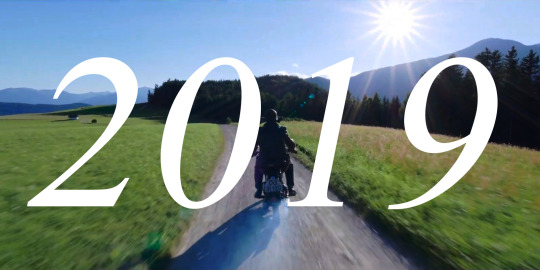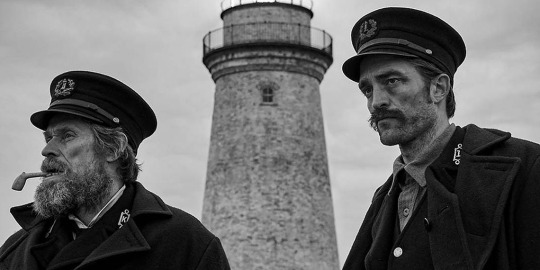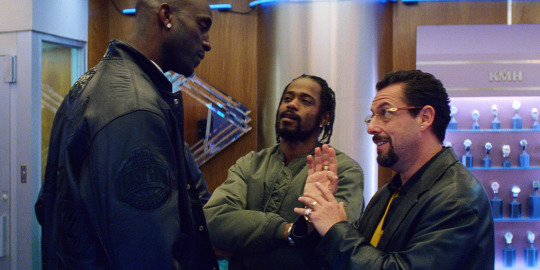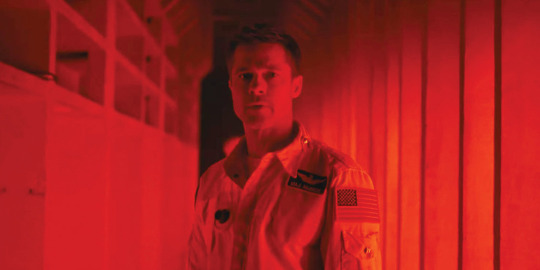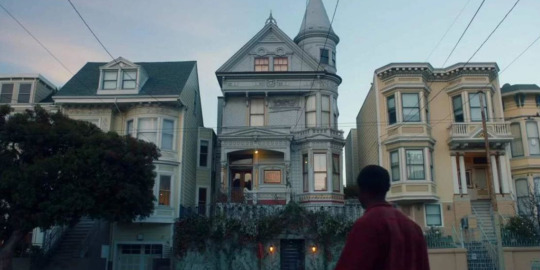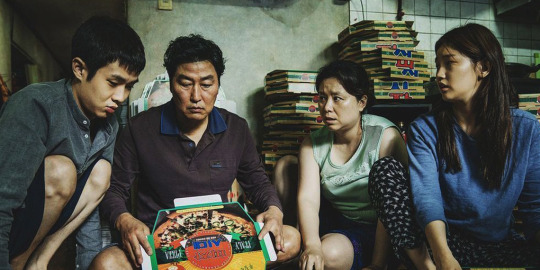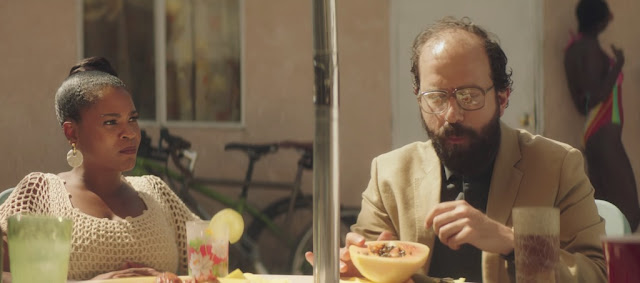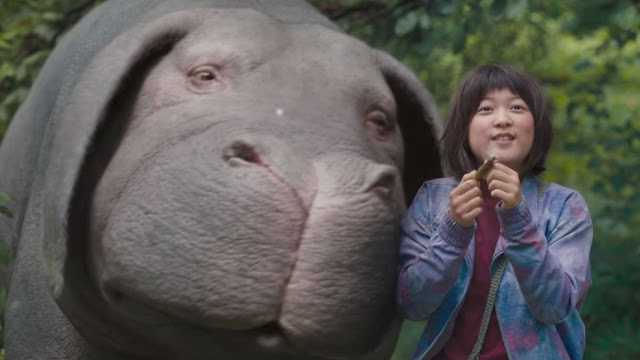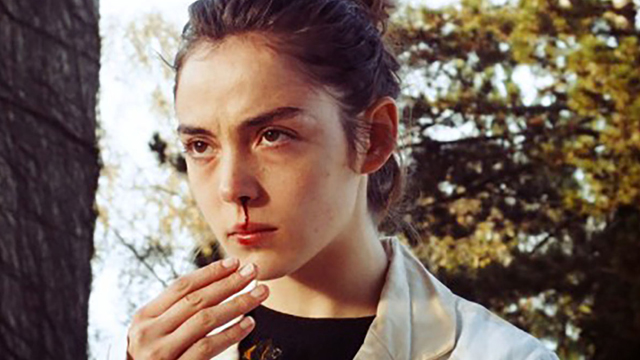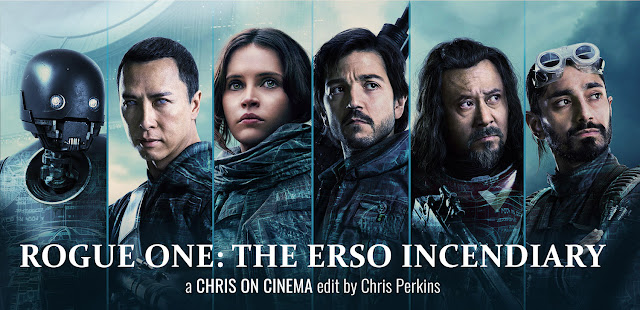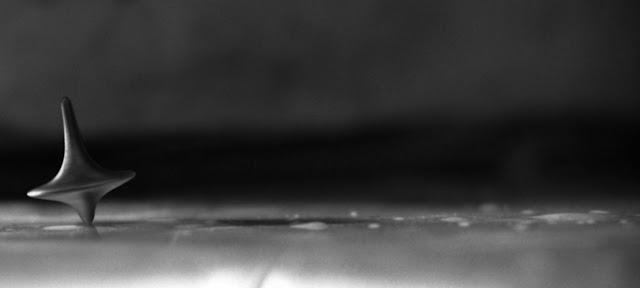Well, we made it. We survived. Before getting into this list, I’d like to thank everyone who read, shared, or commented on one of my posts or videos this past year. It was a pretty monumental year for this blog and for my cinematic journey. I didn’t go into 2017 with a plan to revive this blog but I’m happy I did. I ended up thinking about this very list for most of the year; giving me time to rediscover my love for movies and an excuse to watch way more movies than I otherwise would have. So let’s get to the movies, shall we?
This list is not a definitive, quantitative, or objective ranking of the films released this year. Rather, it is a rough sketch of the movies I enjoyed seeing the most. The movies that moved me, surprised me, or stuck with me. You can see my previous post for a listing of movies I missed and movies that didn’t make it into my top ten. I hesitate to call these my ten “favorites” because, if you ask me in three months what my favorite movies from 2017 are, the list might look quite different. For today, though, I hope it provides something new, forgotten, or overlooked that you can take with you as we head into the new year.
10. It Comes At Night

In an apocalyptic near-future, a mixed-race family must protect their home and their health from foreign threats. Of all the horror movies I saw this year, It Comes at Night was the one I could never get out of my head. Whether director Trey Shults intended it or not, It Comes at Night became a meditation on many of the ills that plague America in 2017: from the failure of white saviors to a tribal and territorial fear of “the other.” What made the film feel special was its simplicity and focus. Shults was not interested in world-building or mythologizing. Without the visual formalism of The Killing of a Sacred Deer or the loaded narrative commentary found in Get Out and mother!, It Comes at Night is its own survival kit: stripped down to the bare essentials, without the fanfare or gloss of over-production. This is a movie with lace-up boots and dirt under its nails. A movie that, above all, feels like its about real characters who react uniquely to new conflicts and discoveries.
Joel Edgerton, whose face I admittedly often forget, gives one of his best performances. His family, played by Carmen Ejogo and Kelvin Harrison Jr. (who were both new to me) were standouts, and small parts by Riley Keough and Christopher Abbott (two of the greatest actors in the indie scene, Keough especially) round out the great cast. Throughout the movie I was reminded of Alien, another horror film that takes place in a claustrophobic environment, where it is just as interesting to watch all the characters converse as it is to see them get attacked by a giant space bug. Many people were let down by the absence of a horror they thought was implied in the title “It Comes at Night.” But, like Alien, they’re missing the trees for the forest. This is a human drama. What makes the film horrifying is its plausibility. Hell? Other people. What comes at night? Darkness, paranoia, emptiness. It doesn’t get scarier than that.
9. The Death of Louis XIV
Moving even smaller in scale, The Death of Louis XIV is a sad, funny, beautiful chamber-piece starring the one and only Jean-Pierre Léaud. Truthfully, a big part of what makes the film so enjoyable is the meta-narrative trip that comes with this casting. Léaud began his career at age 14 starring in one of the most influential films of the French New Wave, Francois Truffaut’s The 400 Blows. He is, quite literally, French cinema royalty and, though Léaud himself is only 73, this feels like his great swan song. As always, Léaud manages to be both funny and tragic; equal parts ornery and charming.
The film’s lofty title may not seem like the most exciting or accessible subject matter but, while stuffiness abounds, there is simply too much to enjoy in this film to pass up and I’m shocked that more people aren’t talking about it. The cinematography is some of the best this year: every single shot looks like a candlelit oil painting. The blacks are endless, the reds are velvety, and the golds are radiant. Is the movie slow? Yes, absolutely. But I, for one, enjoyed drinking with the King, scheming with his advisers, and laughing at each new, ridiculous wig that appears on screen.
8. Lady Bird
As with every new work that seems to be receiving undue or hyperbolic praise, I was highly skeptical of Lady Bird before finally seeing it. So let’s start with all the ways I was right. This is a coming-of-age story and it contains all the usual suspects: a fast-talking, strong-willed protagonist who still has a lot to learn about how the world actually works; parents who just want the best for the protagonist who have trouble communicating with her and with each other; a quirky best friend who is briefly tossed aside while the protagonist tries to be popular; and a concluding event that reminds the protagonist of some little piece of wisdom that was dropped along the way.
Despite all of this narrative predictability, there’s something undeniable about Lady Bird. It works because of the characters that writer/director Greta Gerwig has crafted. An incredibly gifted, funny performer in her own right, Gerwig understands that no relationship is black and white. The best scenes feature Saoirse Ronan’s titular Lady Bird and her mother, played by Laurie Metcalf. Though their relationship is often contentious, at a moment’s notice the two act like the best of friends. They are too similar to be compatible and yet it is this resemblance that keeps them together. If that’s not an accurate, human depiction of mother-daughter relationships, I don’t know what is. In the end, Lady Bird is endearing, warm, and human – genuinely funny and genuinely moving. Gerwig didn’t reinvent the coming-of-age dramedy, but she came close to perfecting it.
7. After the Storm

If you enjoyed the familial drama of Lady Bird, I highly recommend watching the criminally ignored Japanese film After the Storm. The movie centers on a dead-beat, divorced dad trying to reconnect with his young son and ex-wife – well, kind of trying. The film’s lead, Hiroshi Abe, is basically Gob Bluth from Arrested Development: he’s lazy and selfish but is able to skate by on his charm, social flexibility, and a bit of self-deprecation. Like Lady Bird, After the Storm is full of complex, three-dimensional characters, tenuous family dynamics, and lived-in wisdom that never feels hacky. Hirokazu Kore-eda shoots the film without pretension, keeping a careful eye on the little details of everyday life. It doesn’t have the pep of an American dramedy so many viewers might find their minds starting to wander but, like 2016’s Paterson or Kore-eda’s predecessor Yasujiro Ozu, After the Storm has a lot to offer if you’re in a receptive mood. Pair with tea and a rainy day (a monsoon, if you’ve got it).
6. Good Time
Good Time is a travelling carnival. It’s a fever-dream that feels familiar even though you never know exactly what you’re going to see. The music and lights are dizzying, the air is full of weed, sweat, and old cigarettes, and everyone is inexplicably dressed like it’s the 90s. Need I say more?
I didn’t know what to expect from Good Time having seen none of the Safdie Brothers’ earlier films, but I was intrigued by the trailer. The film did not disappoint. Beginning with a bank heist gone bad, Good Time is the story of two brothers played by Robert Pattinson and Benny Safdie. As many have noted, the film owes a lot to the 1970s cinema of Scorsese and Lumet but there’s an immediacy to the filming that feels unmistakably modern. Just when the gritty realism sinks in, the movie blasts into space thanks to a bold score from experimental producer Daniel Lopatin (aka Oneohtrix Point Never). It’s one of the best scores of the year, featuring a gut-wrenching, original song from Lopatin and Iggy Pop. The cinematography is equally manic: mid-winter greys mix with neon lights and vibrant reds. The Safdies keep their camera dangerously tight – detailing the desperation on a nearly-unrecognizable Robert Pattinson (and we’ll see him again before this list is over). Twilight? Never heard of it. You’re witnessing a movie star – a direct descendent of Pacino or De Niro. Good Time is grimy, thrilling, and occasionally very funny. Like all carnival rides, I went home feeling nauseous, head-pounding, and in need of a tetanus shot.
5. Columbus
Columbus is a movie so personal to me that I can barely talk about it objectively – I kind of feel like I made it (but I can assure you I did not). The first feature by video essayist Koganada, Columbus is a movie about love, loss, and architecture so genuine it makes (500) Days of Summer look like the sloppy, insincere mess that it is. The film’s success is largely due to its two leads: Haley Lu Richardson, who I had never seen before but fell in love with immediately, and John Cho who is now, unarguably, a leading man. The third star of the film is modern architecture by the likes of Eliel and Eero Saarinen, I.M. Pei, and SOM.
Without giving away too much, Richardson’s Casey is a student who meets Cho’s Jin, a visitor to Columbus, Indiana: architectural mecca of the Midwest. Many of you don’t (and couldn’t) know that I went to school to study architecture. I, like Jin, skeptically engaged with bright, young minds like Casey and questioned what architecture really meant to culture, to a city, and to me. Why does architecture matter? That’s a question I’m still answering but I can tell you this: we need spaces of reflection, communion, and discourse. The best architecture provides that. Columbus is the proof. I’m so pleased that this film has made a number of year-end lists. It’s a little film about a simple story and, like the best architecture, I look forward to exploring it again.
4. Nocturama
Nocturama is perplexing, modern, and gripping from the first minute. Nocturama is the story of a small group of French radicals who plan a coordinated attack on Paris. Nocturama asks a lot of questions – Who are these people? How did they meet? Why did they choose to become terrorists? – but if you’re looking for answers, look elsewhere.
What makes Nocturamaso exciting is the immediate immersion in the intricacies of the plot. There is no Ocean’s Eleven-style voiceover guiding you through the plan, no diatribe or manifesto to take in, just the cold, hard act. Bertrand Bonello’s ensemble piece is a commentary on luxury, privilege, and the rebellious naiveté of youth. It’s also impossibly cool: our anti-heroes smoke, dance, and listen to pop music. They’re kids – just like the ones on your street, in your school, at your mall – and that’s what makes the film so challenging, scary, and dangerous. It’s easy to characterize terrorism as a foreign offense. Nocturama doesn’t want to be easy but if you’re not careful, it might seduce you. Nocturama lights a fuse and dares you to enjoy the flames. Either way, your palms will be sweating.
3. The Lost City of Z
I’ve been critical of James Gray’s big, melodramatic films in the past but with his most recent work, I finally got it. The Lost City of Z stars Charlie Hunnam – in what is far-and-away his best performance – as Percy Fawcett, a 20th century explorer searching the Amazon for the titular city of Z. It’s hard to describe exactly why this film works so well. Like the old epics of David Lean, we follow Fawcett from his humble beginnings as a promising, young military officer, we learn and struggle with him, we return with him, after his numerous expeditions, to see his family growing and changing.
The Lost City of Z offers a whole lot to take in and it’s a testament to the editing that this 141 minute voyage moves along as breezily as it does while also never feeling rushed. What helps keep the story going is breathtaking camera work by cinematographer Darius Khondji and a great cast that includes Sienna Miller, Robert Pattinson, Tom Holland, and Ian McDiarmid. Films like this don’t feel like they should exist anymore – The Lost City of Z is sprawling and beautiful but also quite smart: evoking questions of colonialism, masculinity, and the personal price of one’s work. It’s not perfect, but it’s a rare gem in a field of plastic.
2. Personal Shopper
Personal Shopper was one of the most unique theater-going experiences for me in 2017. It was a Wednesday evening when I spontaneously decided to drive half an hour to the only theater showing Olivier Assayas’ latest film. It was playing in a single auditorium – and a small one at that. I arrived early, as I always do, and waited for the few other moviegoers to trickle in. But they never did. And so I was treated to a personal screening of one of my favorite movies of the year. A movie that, rather fittingly, serves as a meditation for loneliness, isolation, and the vulnerability of predation.
Personal Shopper stars Kristen Stewart as a self-proclaimed medium trying to make contact with her deceased twin brother. Less of a horror film and more a dramatic character study, if you were ever doubtful of Stewart’s acting chops, this film should convince you. I was completely transfixed by her performance. She, and I say this without a hint of irony, is our James Dean. Sporting a leather jacket and a cool, androgynous demeanor, Stewart’s Maureen Cartwright is everyone who has ever slouched with hands stuffed deep in their pockets, anyone whose hands have shaken from an unexpected text message, anyone who’s had the eerie feeling of being watched by someone just out of reach. Personal Shopper is all about atmosphere: chilling, evocative, and sensual. I suppose I understand how people looking for plot-points found this film messy and inaccessible. As for me, though, I’ll be chasing the specter of that first screening. Going to the movies is a kind of séance and I’m thankful to Olivier Assayas for showing us a visionary Kristen Stewart.
1. Dunkirk
I know it’s basically a cliché to even talk about Christopher Nolan at this point, but this is where we find ourselves. NOLAN. BROS. FOREVER. Christopher Nolan doesn’t just make films as if each one is the last he’ll make. He makes films as if they’re the last film that will ever be made. Dunkirk is an absolute spectacle and it is, by far, Nolan’s best work to date.
As I’ve discussed
before, Nolan came to prominence at the same time I was discovering film. I was in awe of
The Dark Knight and
Inception when they came out, but by the time
The Dark Knight Rises and
Interstellar were released, my fan-boy-dom had faded.
Interstellar is a very good but very flawed movie. It wants so badly to capture the humanity of early Spielberg and the grandeur of Kubrick but, sadly, fails to reach either. Still, the best decision Nolan ever made was swapping out his longtime cinematographer Wally Pfister for Hoyte Van Hoytema. Van Hoytema, who has done great work with the likes of Tomas Alfredson and Spike Jonze, brought a much needed flair for richness to Nolan’s pragmatic sensibilities. With
Dunkirk, finally, there is a rich screenplay to match.
It seems Nolan actually listened to the critics who, for years, decried his overly-expositional dialogue and choppy editing. Dunkirk, not unlike Kubrick’s 2001 is pure visual storytelling. The difference is that Nolan was still determined to tell an intimate, human story and, calling upon the cinema gods from Murnau to Hitchcock, he did it.
There was no cinematic experience more breathtaking this year than seeing Dunkirk in IMAX. The sound design is so fierce and the score is so relentless it felt like a deep tissue massage for my brain. I left the theater after each successive viewing feeling invigorated in a way no film has affected me before. Nolan has always tried to make films that could capture the attention and imagination of any viewer (that’s why it was so important for this film to have a PG-13 rating) and he finally did it. The structural experimentation that Nolan was known for from the start is used here to turn the entire film into one of his signature, cross-cut sequences: one long, thrilling crescendo. And he did it all, God bless him, in under two hours.
Nolan-mainstays Tom Hardy and Cillian Murphy are as cool as they’ve ever been, and seasoned pros Mark Rylance and Kenneth Branagh bring much-needed warmth and pathos, but the film belongs to the new faces that Nolan introduces: Fionn Whitehead, Aneurin Barnard, Tom Glynn-Carney, Barry Keoghan, and, of course, Harry Styles. They are the young men who have history thrust upon them – dropped into a giant, dangerous world with the weight of a nation on their shoulders. And they fail. They fail their mission and, occasionally, they fail each other. They return home distraught, ashamed, and confused.
“All we did was survive,” they say.
“That’s enough.”
Perseverance is noble. Support is bravery. Survival is victory. That’s Dunkirk’s message. It’s the one we needed this year.
